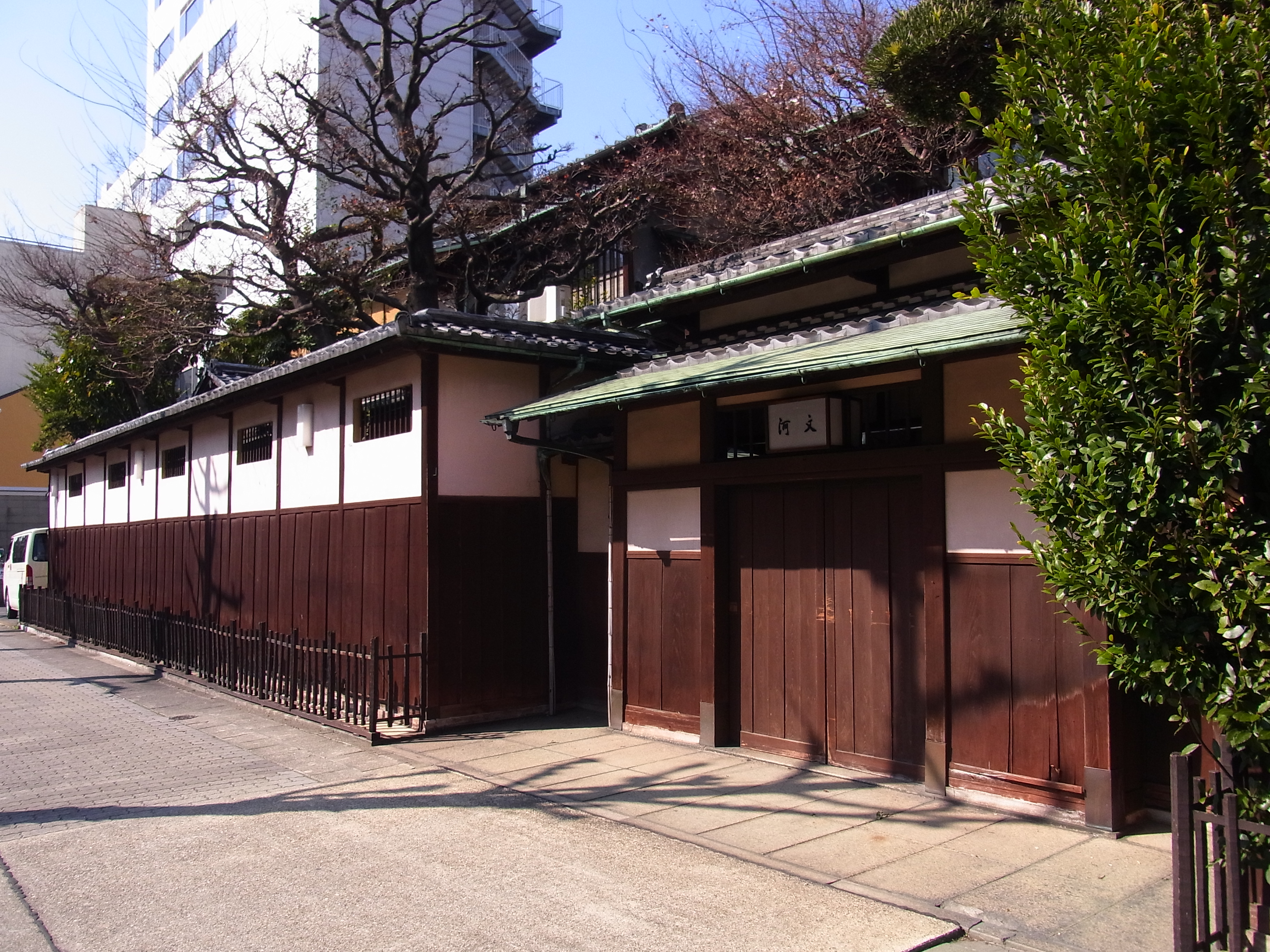Kawabun on:
[Wikipedia]
[Google]
[Amazon]
 The is
The is
Homepage
Culture in Nagoya History of Nagoya Naka-ku, Nagoya
 The is
The is Nagoya
is the largest city in the Chūbu region of Japan. It is the list of cities in Japan, fourth-most populous city in Japan, with a population of 2.3million in 2020, and the principal city of the Chūkyō metropolitan area, which is the List of ...
's oldest (traditional restaurant), located in Marunouchi 2-chome, Naka-ku, Nagoya
is one of the 16 Wards of Japan, wards of the city of Nagoya in Aichi Prefecture, Japan. As of 1 October 2019, the ward has an estimated population of 90,918 and a population density of 9,693 persons per km2. The total area is 9.38 km2.
G ...
.
History
Founded during theEdo period
The , also known as the , is the period between 1600 or 1603 and 1868 in the history of Japan, when the country was under the rule of the Tokugawa shogunate and some 300 regional ''daimyo'', or feudal lords. Emerging from the chaos of the Sengok ...
(1603–1867), the became a successful business that was patronised by the Owari Tokugawa rulers. In the Meiji period
The was an era of Japanese history that extended from October 23, 1868, to July 30, 1912. The Meiji era was the first half of the Empire of Japan, when the Japanese people moved from being an isolated feudal society at risk of colonizatio ...
(1867–1911), successive politicians such as Ito Hirobumi also visited. The was established as a company in October 1912. It was heavily damaged during the bombing of Nagoya in World War II, and was rebuilt after the end of the war. The served as host for a dinner in November 2019 for the foreign ministers of the G20
The G20 or Group of 20 is an intergovernmental forum comprising 19 sovereign countries, the European Union (EU), and the African Union (AU). It works to address major issues related to the global economy, such as international financial stabil ...
Aichi-Nagoya Foreign Ministers' Meeting.
The specialises in serving .
Buildings
In 2005, the main building, front gate, wall, gate, , corridor, , and kitchen were registered by the authorities as Registered Tangible Cultural Properties. The room was designed by Yoshirō Taniguchi in 1973. The garden was created by the 10th generation Matsuo-ryu Matsuo Sogo (Fusensai).See also
* Nagoya Kanko HotelReferences
External links
{{commons category-inlineHomepage
Culture in Nagoya History of Nagoya Naka-ku, Nagoya